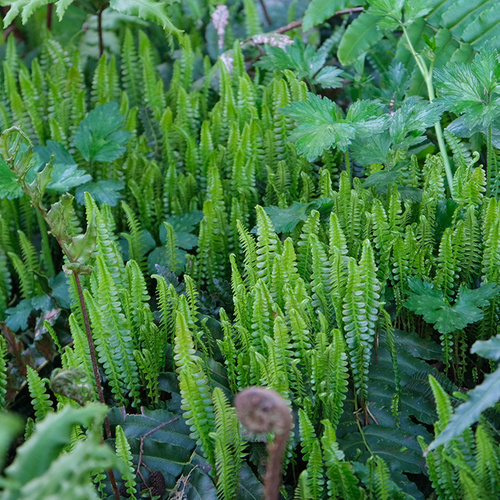
Many people (including me) use ground covers in their garden. Ground covers will keep weeds down, reduce ground erosion, and cool the soil around larger plants. It is also a great design element, mass plantings creating a carpet of color, or a lone plant producing fascinating forms as it creeps between cracks and crevices. The best ground covers do have a matting type of root system, and it’s a good idea to consider your location and use to determine how aggressive you want that root system to be.
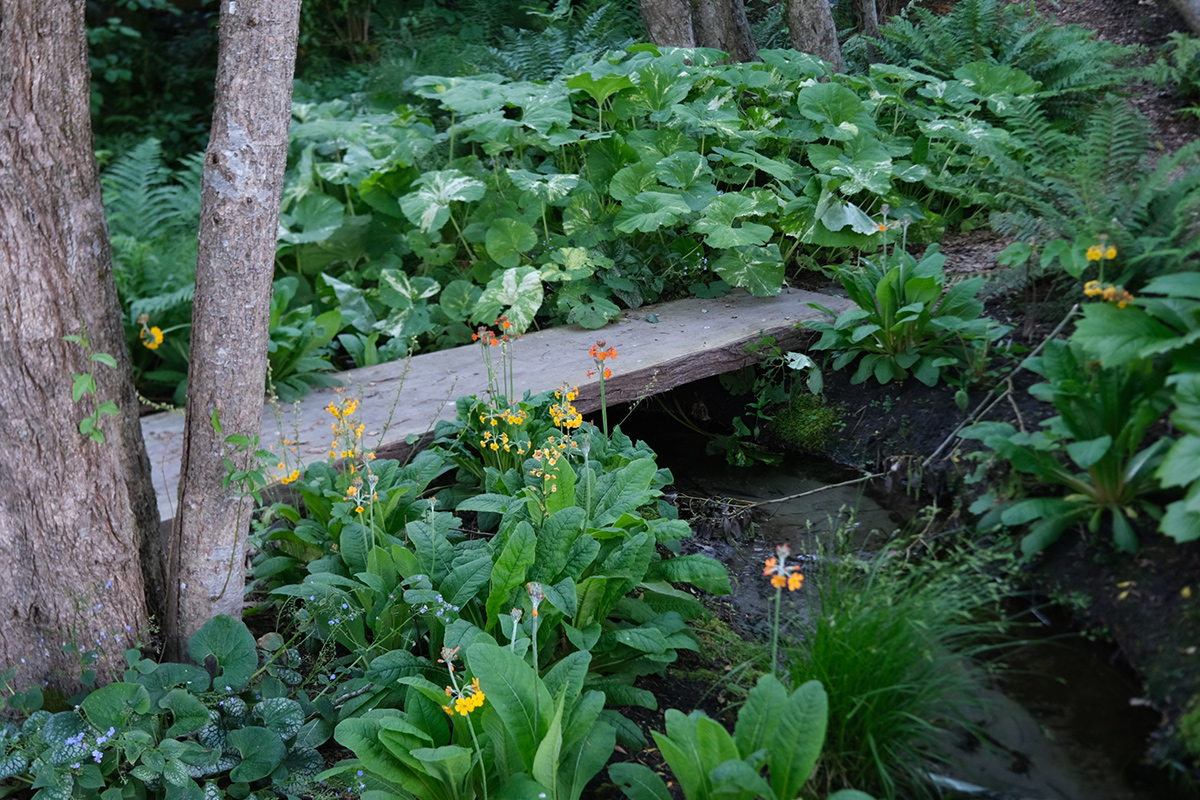
Variegated butterbur
Petasites japonicus ‘Variegatus’
Zones: 3–8
Size: 2 to 3 feet tall and 2 to 5 feet wide
Conditions: Partial to full shade; moist to wet soil
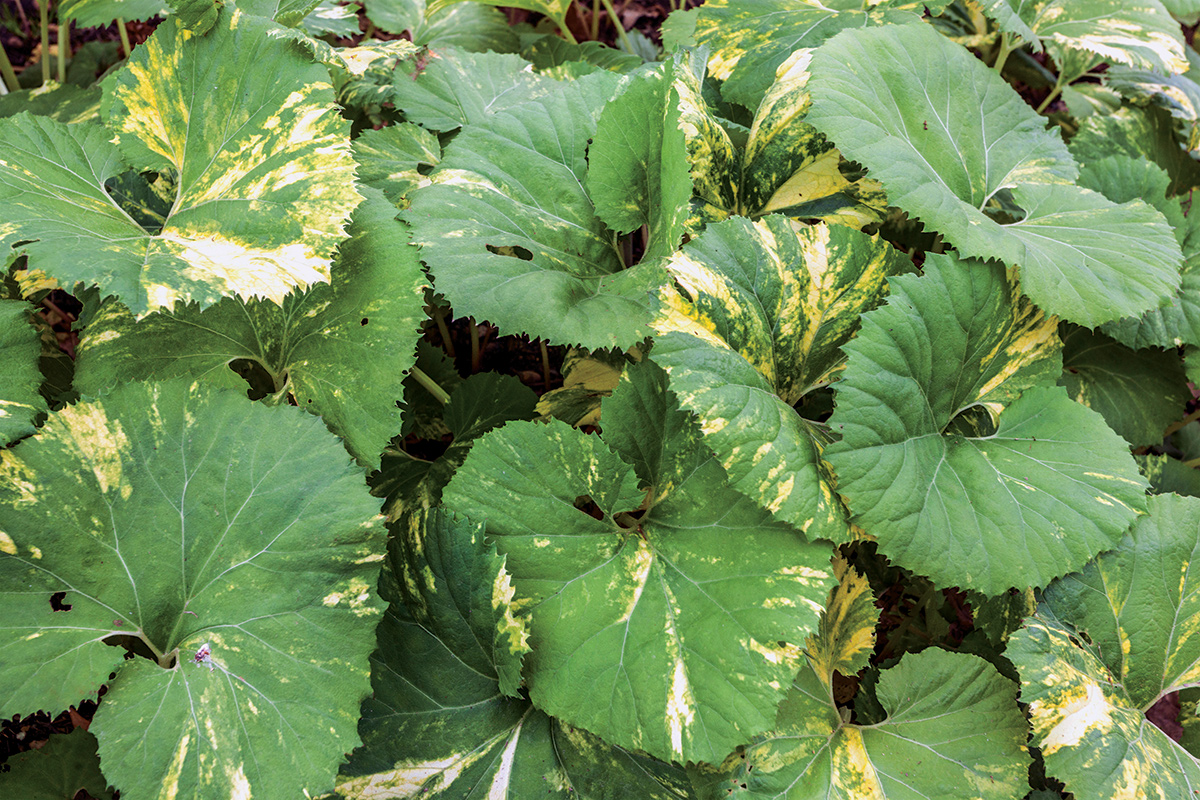
Often, we think of ground covers as small-leaved creeping plants that are unassuming and quiet. However, there are some ground covers that do the job with panache and drama. I have an area of my garden that is boggy and shady. I worry about the stream nearby overrunning the bank and washing away the soil. Enter variegated butterbur. This perennial bog plant can create an intricate root system to hold soil. The leaf stands about 2 feet high and is produced on runners so that it looks like a mass of umbrellas stretching across the soil. Now this plant can be a bit rampant and will even grow under the gravel and across the stream to start on the other side. In my garden it is stopped by a wall on one side and a path on the other. It will push into the path, but it is easily pulled up by a tug at the escaping leaf. It looks wonderful in this shady area, and the variegation will catch the light and glow as you walk down onto the bridge.

Trifoliate bittercress
Cardamine trifolia
Zones: 5–9
Size: 3 to 6 inches tall and 9 to 12 inches wide
Conditions: Partial to full shade; moist, rich, humusy, well-draining soil
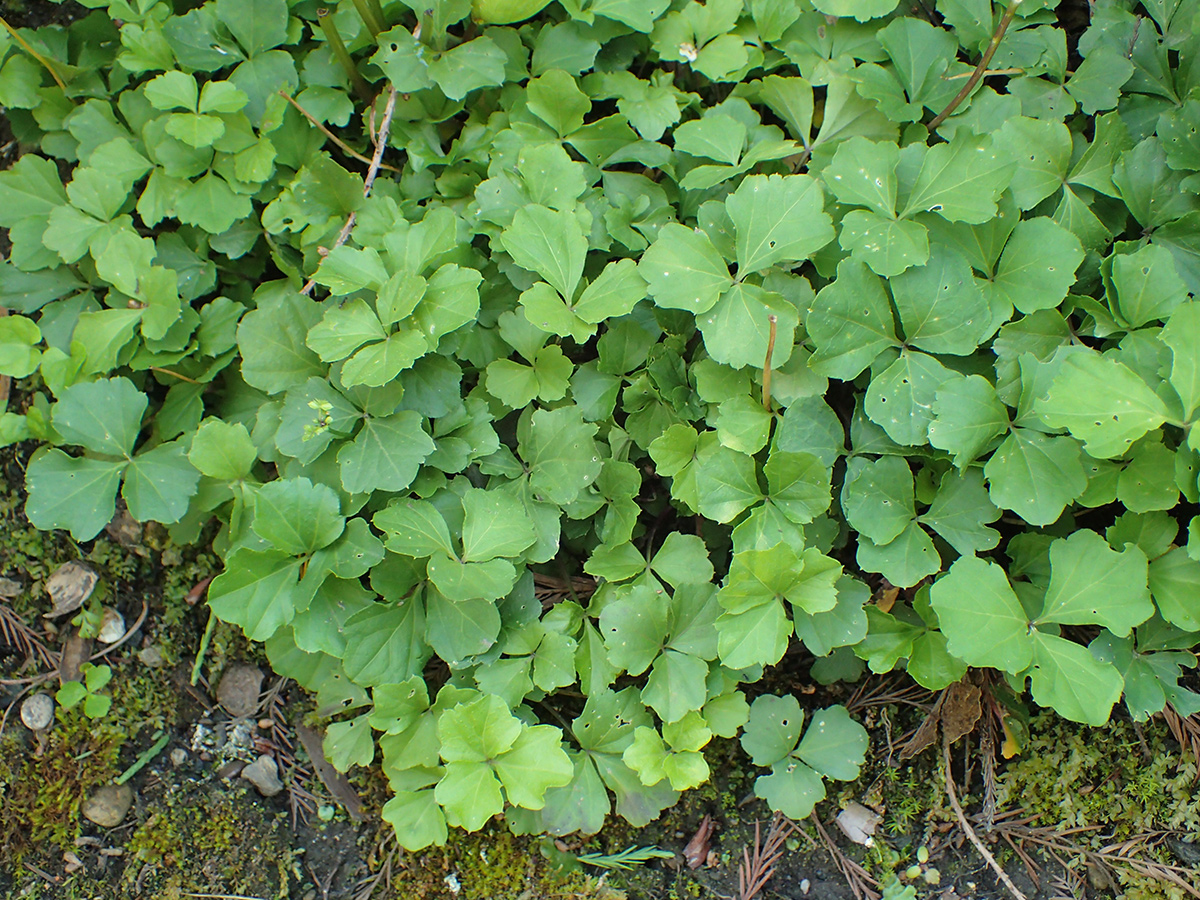
If butterbur seems a little too scary to let loose in your garden, there are some other ground covers to explore. I love the sweet little trifoliate bittercress edging a path or around shrubs that have an open structure without low-hanging branches. It is a beautiful, useful spring-flowering plant. It’s mostly evergreen in a shady garden, but the white flowers burst forth in the spring along with bright green new growth. It continues to flower over the summer sporadically and creeps gently along. Don’t let the common name ‘bittercress’ fool you; it should be called sweetcress.

Alpine water fern
Austroblechnum penna-marina syn. Blechnum penna-marina
Zones: 7–9
Size: 6 to 12 inches tall and up to 3 feet wide
Conditions: Partial to full shade; moist, rich, humusy, well-draining soil
I’ve become a big fan of ferns in the last couple of years. I adore big ferns but have come to rely on a little fern ground cover that is so useful. It has many common names, and botanists have recently renamed it with a large botanical mouthful (Austroblechnum penna-marina). Known as alpine water fern, Antarctica hard fern, little hard fern, and pinque, this evergreen is hard not to love. It does like moist, mostly shady sites but can take more sun with a bit of extra moisture—think the high alpine regions where it was discovered. The fronds reach up toward the sky at 6 to 12 inches, and it produces pink and orange new foliage in the spring. It does make a great dense mat, as it is a rhizomatous geophyte.
Don’t be afraid to experiment with ground cover plants
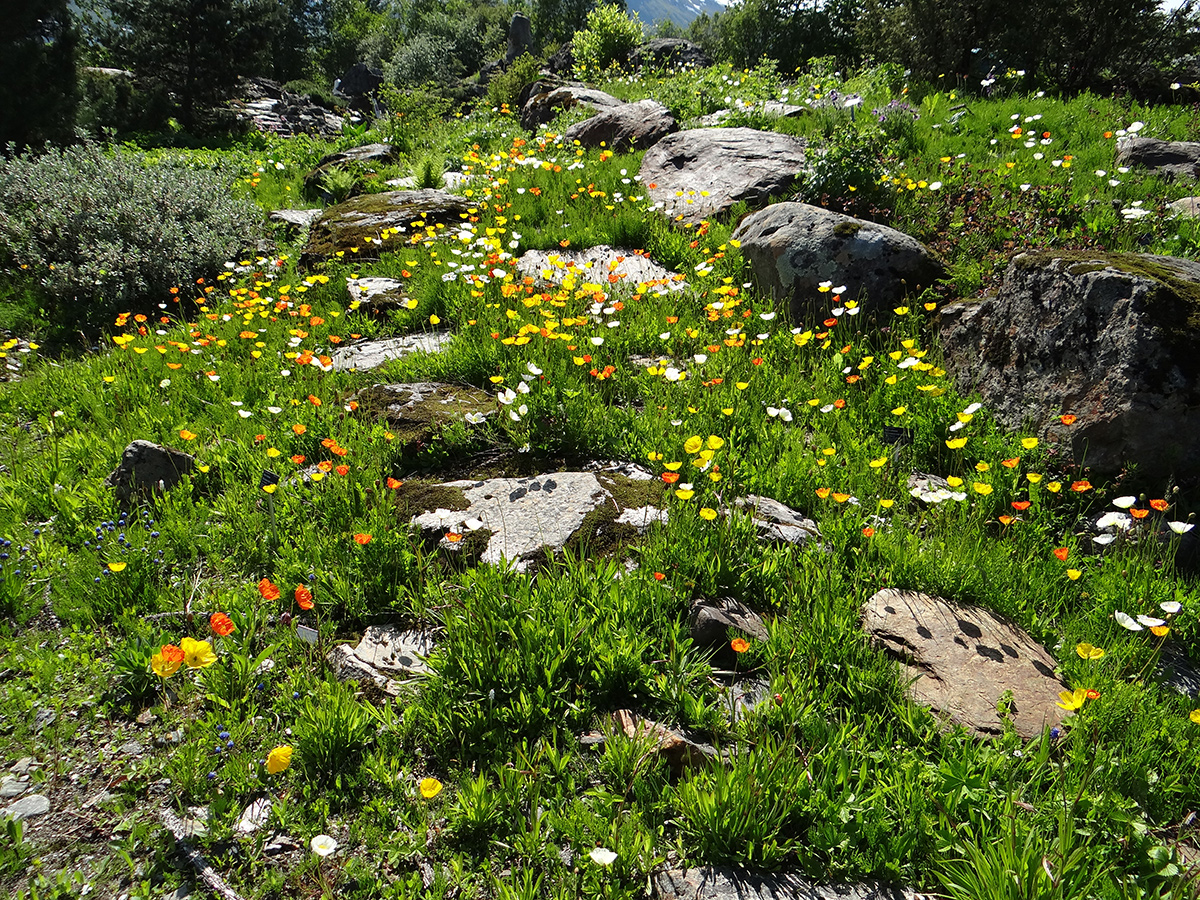
Think outside the box when selecting ground covers. They can be larger with bold foliage and presence in the garden, small and sweet with delicate blooms, and everything in between. I recently saw California poppies (Eschscholzia californica, Zones 6–10) and purple poppy mallow (Callirhoe involucrata, Zones 4–8) as a ground cover in a drought-tolerant planting. They were growing in a full-sun garden with rocky soil and were really beautiful. They will sometimes go summer dormant, but the ground cover root system remains, preventing weeds. These plants will grow 6 to 12 inches tall and create a 3-foot spread per plant. They regenerate by seed, not rhizomes, so can be easily contained. Both will grow well in our PNW gardens, where drought tolerance is becoming the new normal.
Find more great ground covers for your garden:
Discuss this article or ask gardening questions with a regional gardening expert on the Gardening Answers forum.
And for more Pacific Northwest regional reports, click here.
Susan Calhoun is the owner of Plantswoman Design in Bainbridge Island, Washington.
Photos, except where noted: Susan Calhoun
Fine Gardening Recommended Products
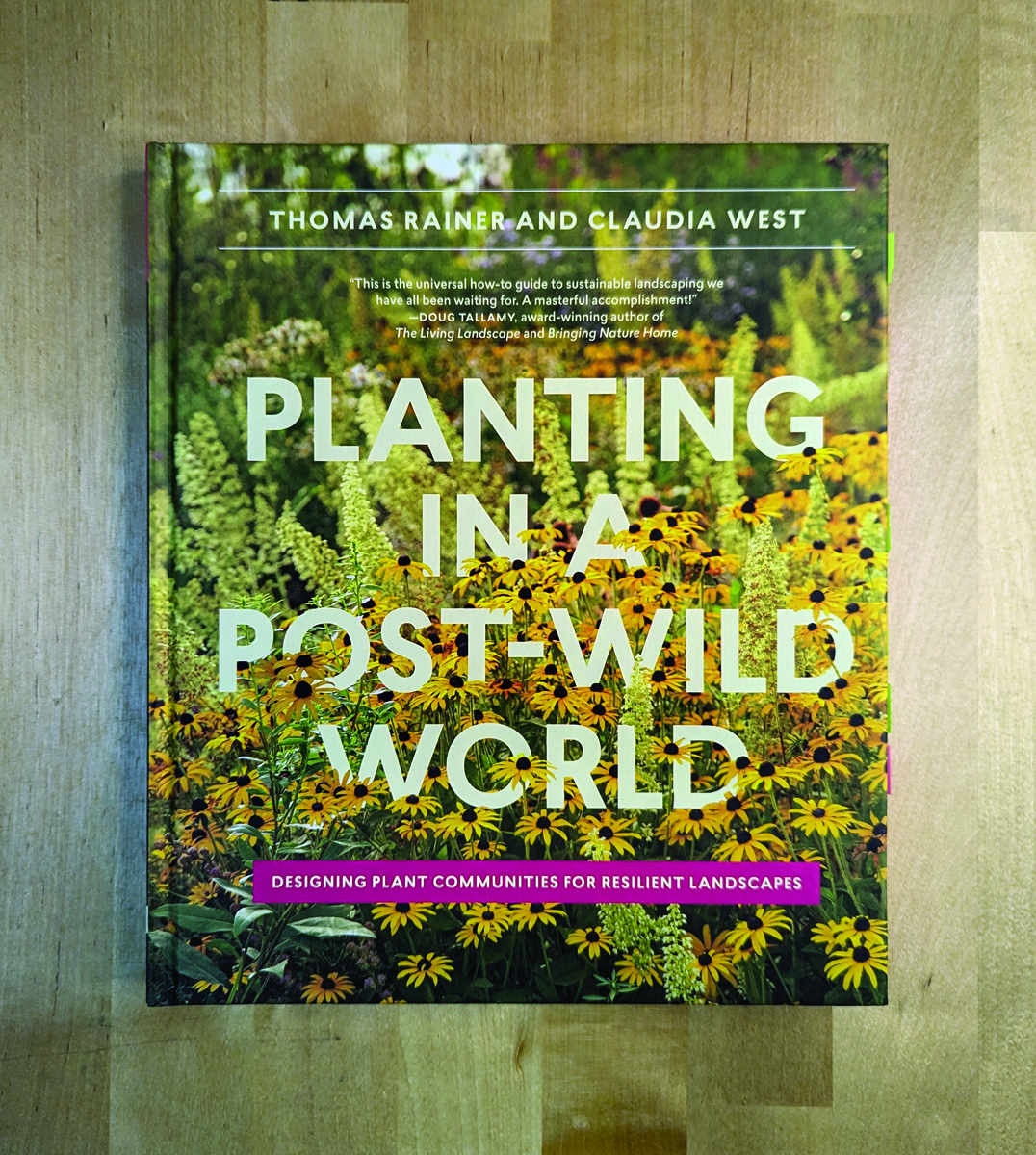
Planting in a Post-Wild World: Designing Plant Communities for Resilient Landscapes
Fine Gardening receives a commission for items purchased through links on this site, including Amazon Associates and other affiliate advertising programs.
Featuring gorgeous photography and advice for landscapers, Planting in a Post-Wild World by Thomas Rainer and Claudia West is dedicated to the idea of a new nature—a hybrid of both the wild and the cultivated—that can nourish in our cities and suburbs.







